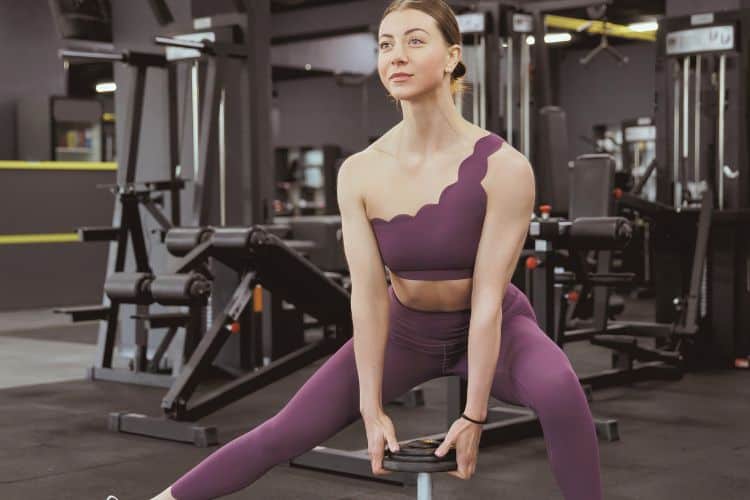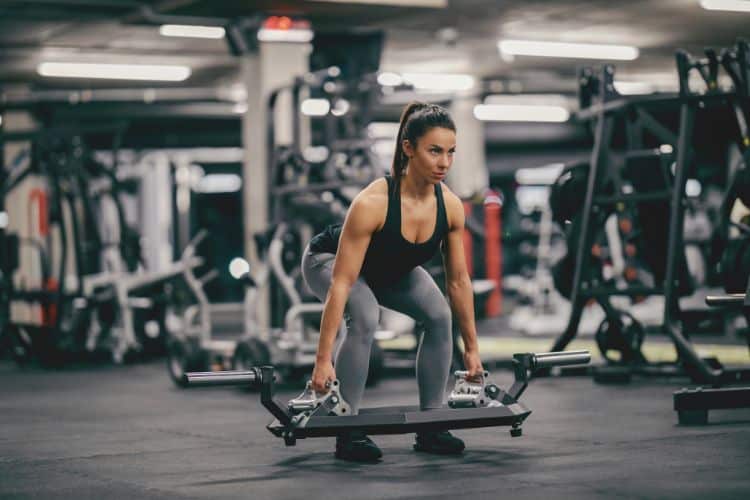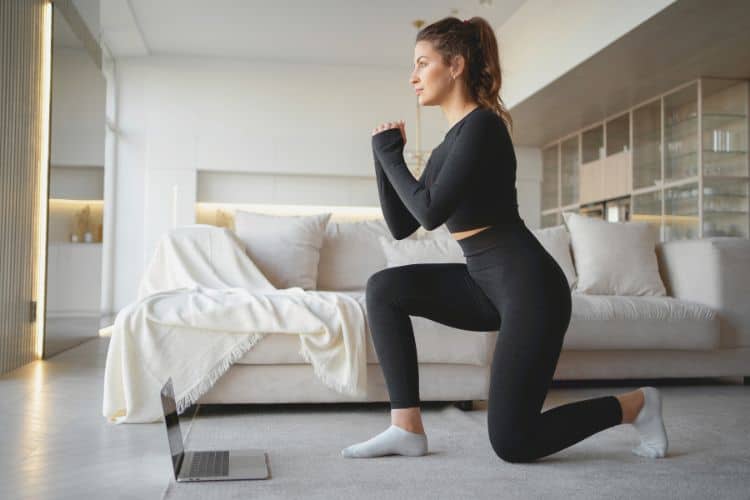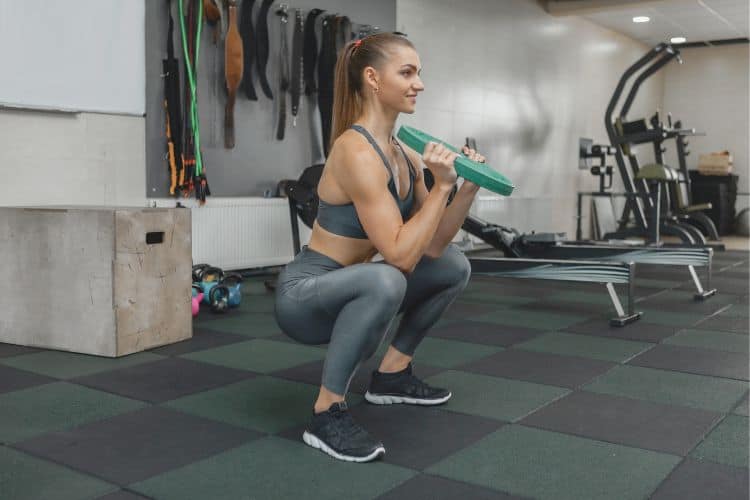Sign up for workout ideas, training advice, reviews of the latest gear and more.






When time is short but you want maximum results, a 20-minute HIIT leg workout is the perfect solution. High-Intensity Interval Training (HIIT) combines explosive effort with short rest periods, allowing you to torch calories, strengthen muscles, and improve endurance in a fraction of the time. In this guide, we’ll break down the benefits of HIIT for legs, provide a full 20-minute workout plan, share form tips, and explain how to scale it for beginners and advanced athletes.
Whether you train at home or in the gym, this session will challenge your quads, hamstrings, glutes, and calves while leaving you breathless and energized.
Modern life is busy. Between work, family, and personal responsibilities, long workouts aren’t always realistic. A 20-minute HIIT routine delivers the intensity of a full session in less time by maximizing calorie burn and muscle activation.
Your legs contain the body’s largest muscle groups. Targeting quads, hamstrings, glutes, and calves builds overall strength and power, making everyday activities—like climbing stairs, carrying groceries, or running—much easier.
HIIT triggers excess post-exercise oxygen consumption (EPOC), also known as the afterburn effect. This means you’ll keep burning calories long after finishing your workout. A short 20-minute leg session can outperform longer steady-state cardio in fat loss efficiency.
Leg workouts recruit multiple muscle groups simultaneously. Pair that with HIIT’s interval format, and you’ll supercharge your metabolism, improving cardiovascular health while sculpting lean, toned legs.
This workout follows a circuit format:
You can modify work/rest intervals based on your fitness level (e.g., 30s work/30s rest for beginners, 45s work/15s rest for advanced athletes).
Here’s the complete workout. No fancy equipment required—just bodyweight and optional dumbbells or kettlebells if you want to increase intensity.
Before starting, prime your muscles and joints with dynamic moves:
This increases blood flow, loosens joints, and reduces injury risk.
Squat down, then explode upward, landing softly with bent knees. This move builds power in the quads and glutes.
Step back into a lunge, alternating legs. Focus on driving through the front heel to activate hamstrings and glutes.
Leap forward with both legs, land softly, and quickly reset. Broad jumps build explosive lower-body strength.
Drive through your heel as you step up, keeping your torso upright. Alternate legs.
Though often considered core work, this move recruits hip flexors and stabilizers, making it a perfect leg finisher.
Get into a lunge position, jump, and switch legs mid-air. This move lights up quads, glutes, and calves.
Lie on your back, lift hips into a bridge, then alternate lifting each leg. Great for glutes and hamstrings.
Jump laterally from one leg to the other, mimicking a speed skater’s movement. Improves balance, agility, and glute activation.
Hold a seated position against a wall at 90 degrees. Builds isometric strength and endurance in the quads.
Full-body HIIT staple: squat, kick back, push up, jump up. Burpees torch calories while engaging legs heavily.
End your session with stretches for flexibility and recovery:
Explosive movements like jump squats and lunges activate both fast-twitch and slow-twitch muscle fibers, promoting lean muscle development.
Leg HIIT enhances speed, agility, and endurance—qualities beneficial for sports, running, and daily activities.
Your heart rate stays elevated, improving VO₂ max (a measure of aerobic capacity). This makes you fitter and less fatigued during physical tasks.
Beginners can reduce jump height, shorten work intervals, or use bodyweight only. Advanced athletes can add dumbbells, increase jump power, or shorten rest periods.
This ensures balanced development and recovery.
Fuel up with light carbs and protein—such as a banana with peanut butter or oatmeal with berries.
Replenish glycogen and repair muscles with protein and carbs. Good options include a protein shake with fruit or chicken with sweet potato.
HIIT is sweaty. Drink water before, during, and after to stay hydrated and maintain performance.
A 20-minute HIIT leg workout is one of the most effective, time-efficient ways to train. It boosts strength, burns fat, builds muscle, and increases endurance all at once. With proper form, intensity, and consistency, you’ll notice improved leg power, toned muscles, and better overall fitness in just a few weeks.
Whether at home or in the gym, lace up your sneakers, set your timer, and take on this powerful workout. Your legs—and your metabolism—will thank you.
Want more workout and video guide?
Follow us on Pinterest, Facebook, and Subscribe to our Newsletter and Stay tuned for FREE downloads of our App coming soon!
Stay up to date on the latest women’s health, fitness and lifestyle trends and tips.